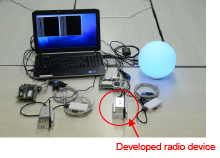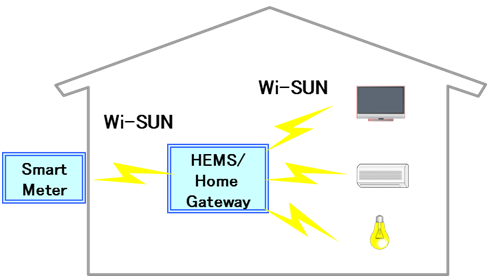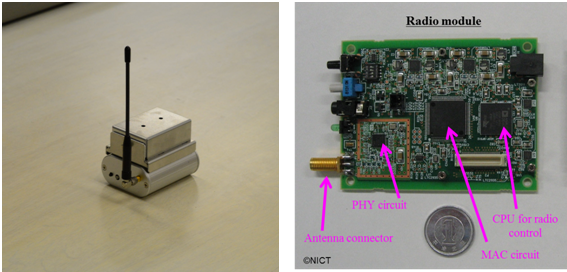Recently, research, development and implementation on "Smart Houses" and "Smart Buildings" that enable effective management and control of behavior and power consumption statuses on appliances set in houses and buildings and thereby provide an environment harmonized life style are rapidly advancing. In such Smart Houses and Smart Buildings, smart meters or home appliances set by the electricity or gas operators are assumed to be connected to HEMS (BEMS for buildings; Building Energy Management System) via radio links and to realize effective meter-readings and energy consumption management.
The ECHONET CONSORTIUM has standardized ECHONET Lite as a communication standard for HEMS/BEMS applications. The standard is already adopted by the electricity operators as the communication standard for next generation smart meter applications. However, in that standard, standardizations are focused on the specifications related to application layer, but not on the specifications related to so-called lower layer; transport layer, network layer, data link layer and physical layer. Thus, NICT has specified the IEEE 802.15.4g based specifications as for that lower layer collaborating with 30 domestic and foreign companies as the Wi-SUN alliance. Such Wi-SUN standard is adopted in JJ-300.10 standard that is a standard for the communication interface for ECHONET Lite based home network standardized by the Telecommunications Technology Committee (TTC) and is adopted in the recommended specifications declared by the electricity operators. However, there has not been developed radio device that is compliant with Wi-SUN standard and passes the certification tests by the ECHONET CONSORTIUM.
































